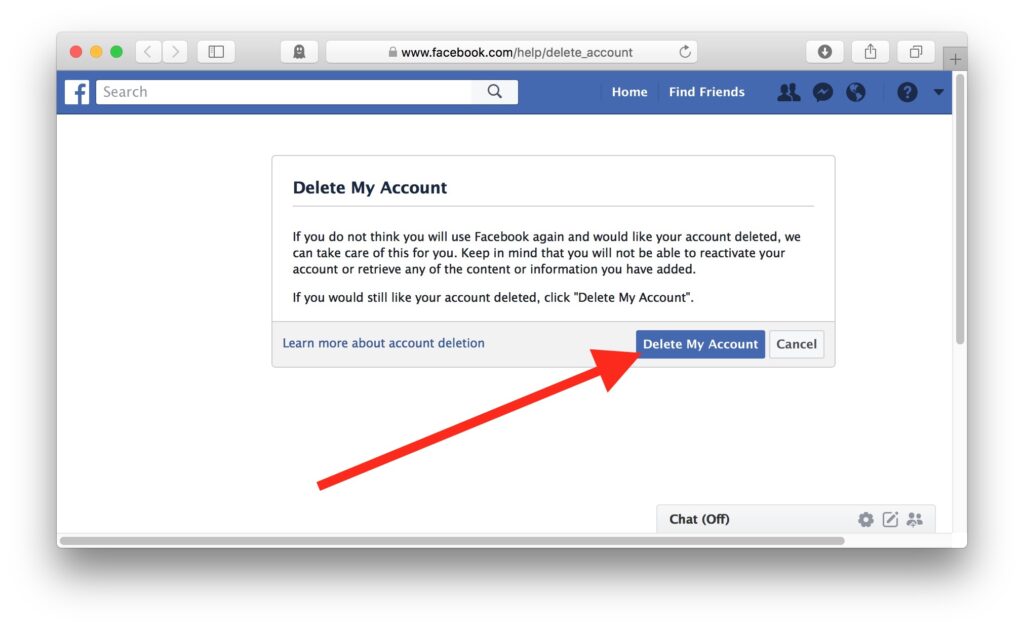Are you concerned about protecting your privacy online? Whether it’s due to data collection or cyberbullying, many of us want a way to delete our accounts from social media platforms. But how to delete my account is not always a straightforward question. Different platforms have different policies and procedures for deleting accounts, and some may not even allow you to do so. In this article, we will guide you through the steps of deleting your accounts from some of the most popular social media platforms, such as Facebook, Twitter, Instagram, and more. Here are some easy steps to help you do just that.
1. Know the Terms of Service and Data Collection
Before you delete your account, it’s important to understand what kind of information the platform has collected about you and how long it will be stored. Most services have a “terms of service” page that outlines this information. You should also read any data collection policies so that you know what kind of data is collected and how the company uses it. This will help you make an informed decision about whether or not to delete your account.

2. Back up your data
Once you understand what kind of data is being collected, it’s important to back up any content or data associated with your account before deleting it. Depending on the platform, there may be different ways to back up this data, such as downloading photos, videos, or documents associated with the account. It may also be helpful to download all conversations to keep track of important details discussed over time.
3. Turning off two-factor authentication
If two-factor authentication is enabled on the account, you must disable this setting before deleting the profile, otherwise, access may still be available after deletion. If you don’t know how two-factor authentication works, or if your account has this feature enabled, contact customer service for assistance in disabling this setting before deleting.
4. Choose what data to keep
Most social media platforms allow users to choose what information they want to keep after their profile is deleted (for example, Instagram allows users 14 days after deactivation). This can include posts, photos, and other content associated with your name and identity on the platform, which may live on after the profile has been deleted unless explicitly stated otherwise during the deletion process. Make sure you take advantage of these options, where available, to further protect yourself when permanently removing an account from a platform.
5. Contact customer service if necessary
Some platforms require users to contact customer service to initiate the deletion process, while others allow self-service via settings menus (e.g. Twitter). If necessary, contact customer service through the means provided, such as an email address or toll-free phone number, and follow the agent’s instructions regarding the steps required for permanent removal/deletion. For added security, upon completion, the user may request a confirmation code sent to a secure email address to confirm successful removal/deletion.

6. Follow the process carefully
When initiating the removal/deletion process, carefully review each step along the way to ensure accuracy when providing requested personal information (i.e. full name, username, password, etc.), as well as reviewing previously selected preferences regarding desired retention/deletion status of existing content – ensure that any changes made previously are accurately reflected according to prior specifications. Failure to provide accurate input at each step could result in incomplete removal/partial deletion leaving remnants behind – potentially vulnerable exposure online, so double-check everything!
7. Understand that some information may remain online
Once removed/deleted, some digital traces may remain online under certain circumstances, particularly in cases where third-party websites directly link to cached versions, specific public profiles including copies, search engine results, archive sites, etc. In cases where direct links exist, removal/deletion should be attempted via the relevant source website, but there’s no guarantee that complete removal will occur, except possibly in cases where the individual personally contacts the owners and requests direct action. So although following the tips discussed above can help protect user privacy, there is no guarantee that every trace will be removed, but taking the extra precautions discussed here should make attempts more effective than ever before!
